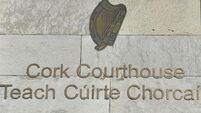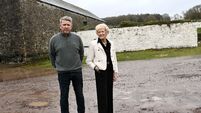Hanoi to restore ancient ruins
Work is expected to start next year to preserve the old citadel ahead of the capital’s 1,000th birthday in 2010 and would strengthen Hanoi’s chances of having its historic cultural heart declared a World Heritage site in future.
The remains of the ancient citadel and relics from five feudal dynasties were first discovered in 2002 during excavation work to build a new national assembly in the centre of the capital, putting construction on hold.














